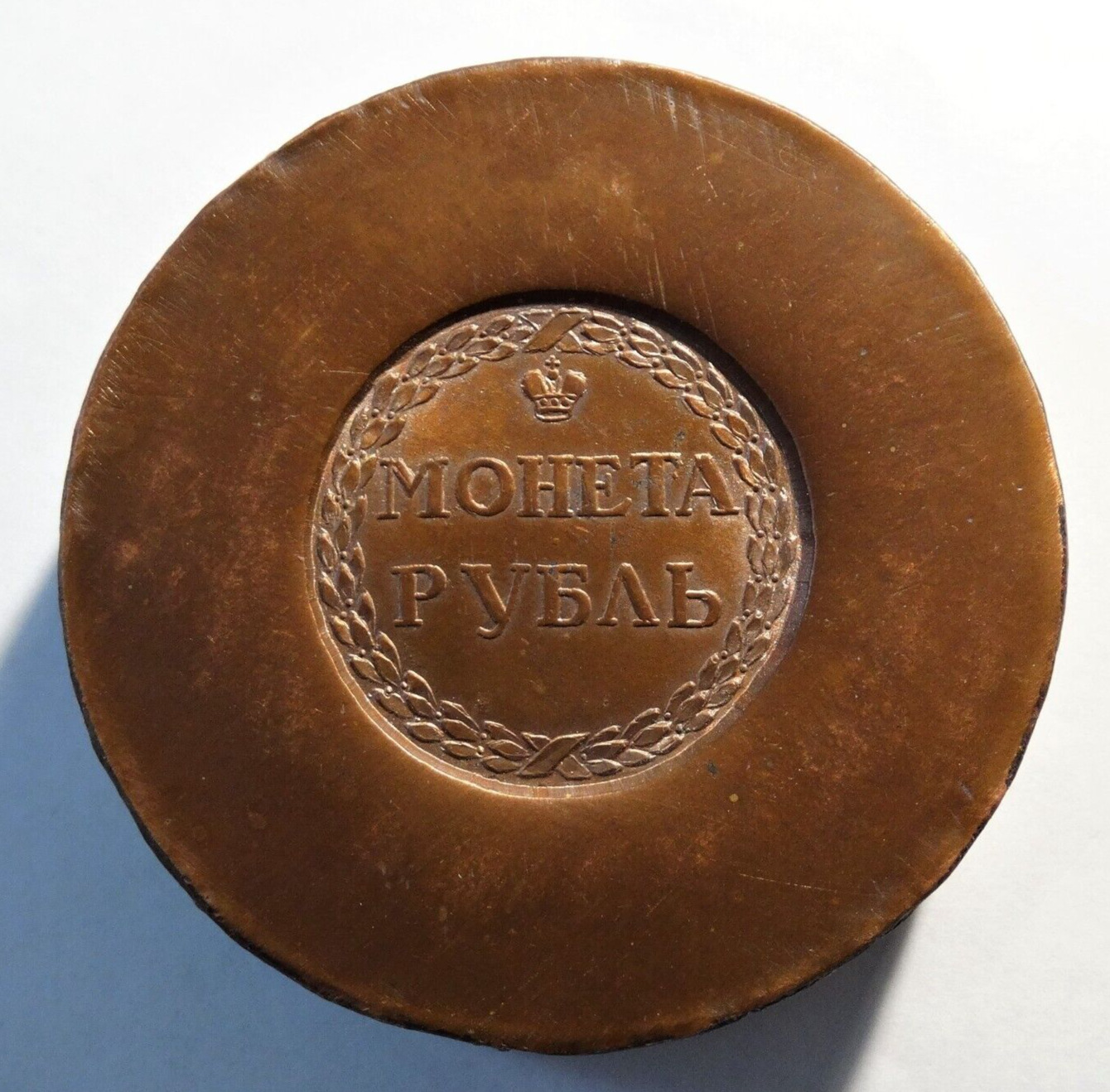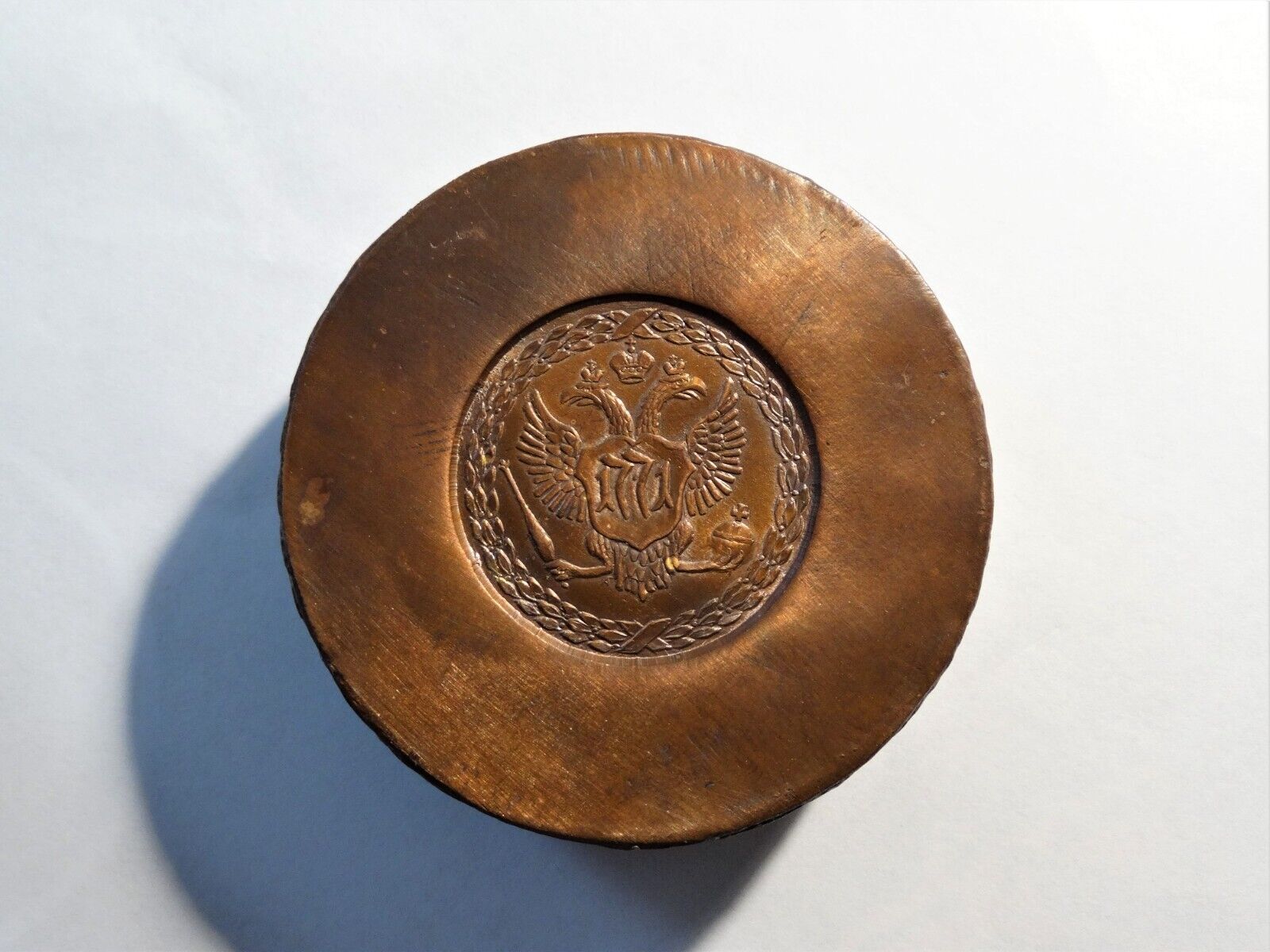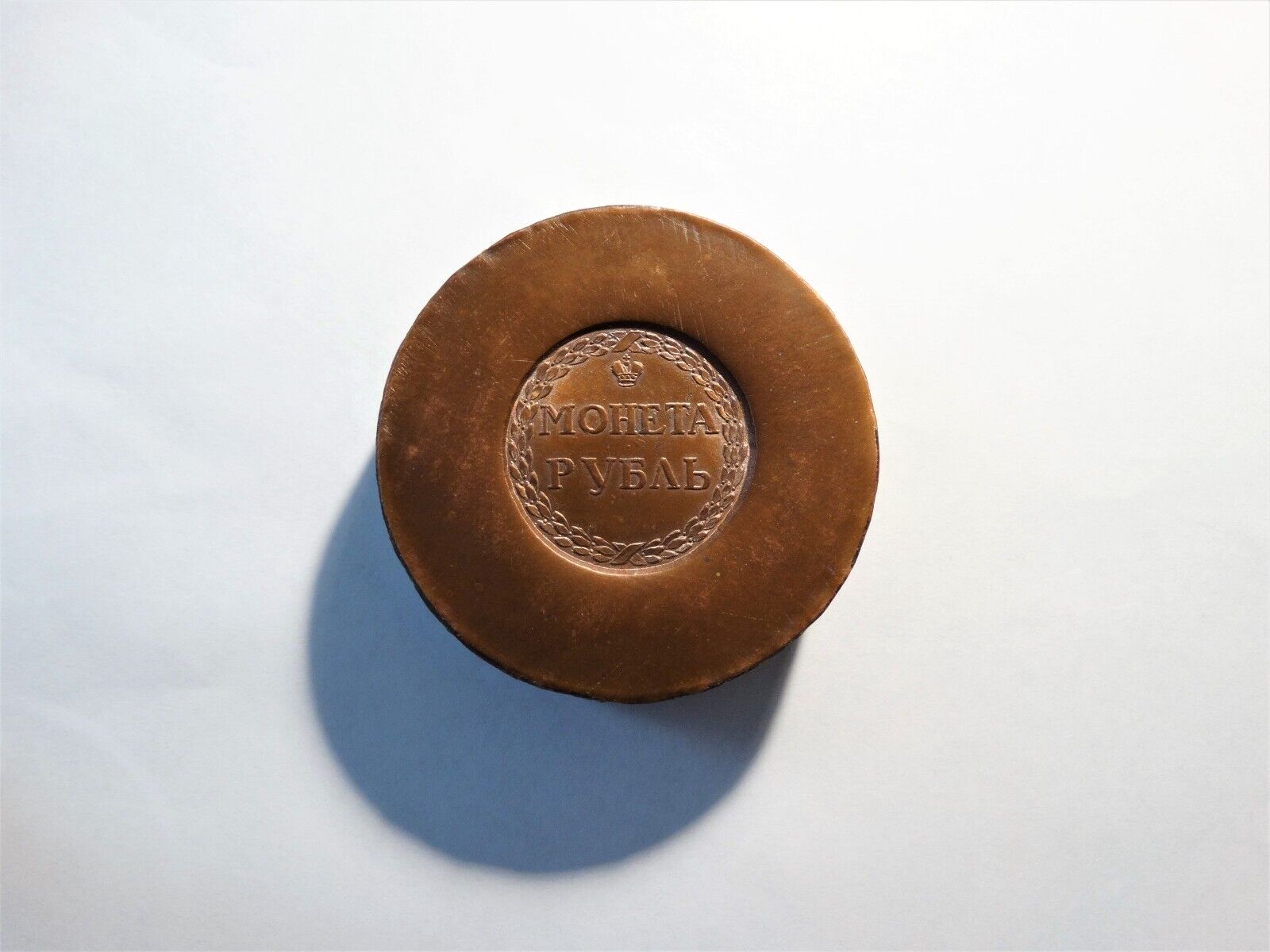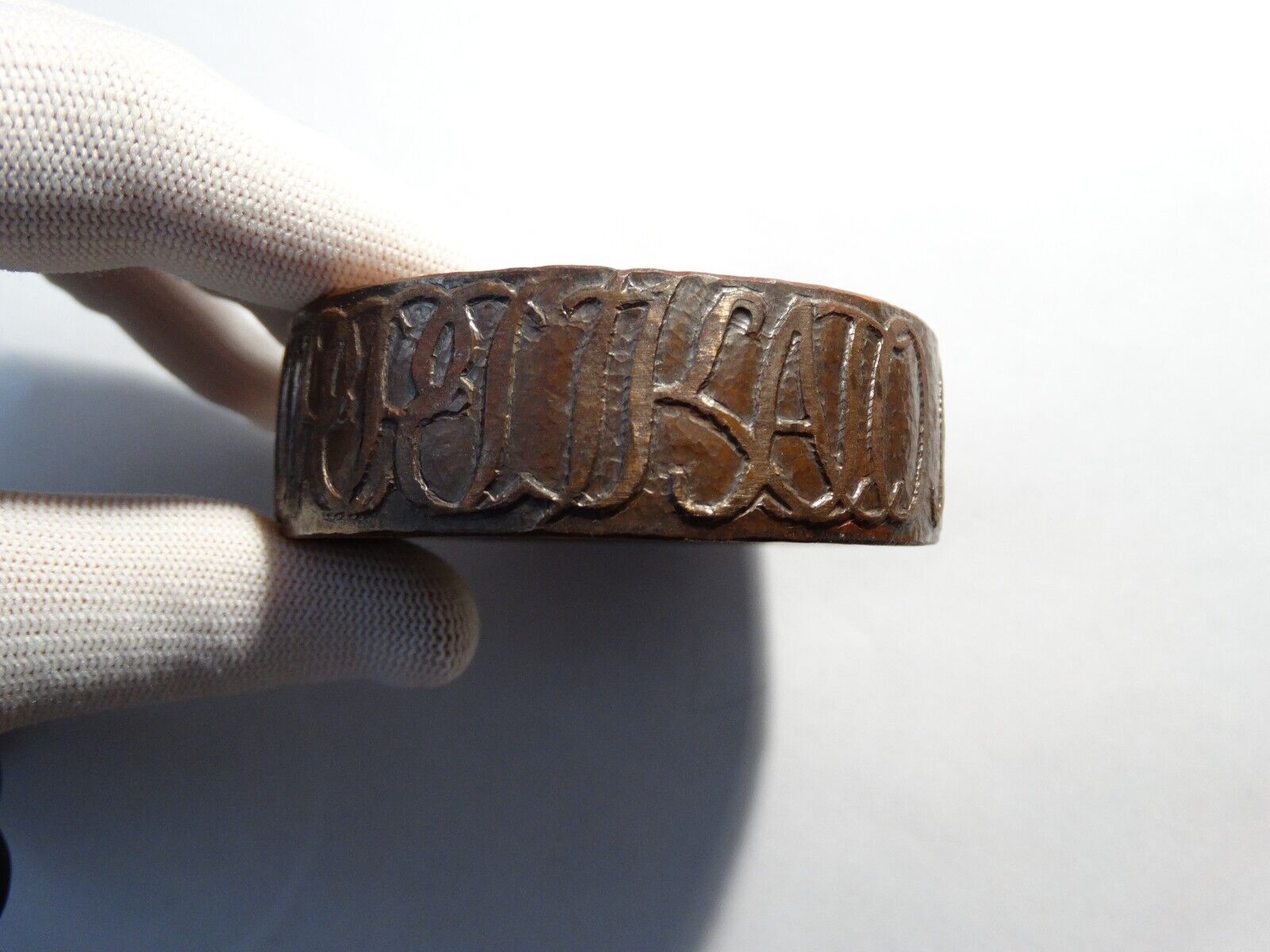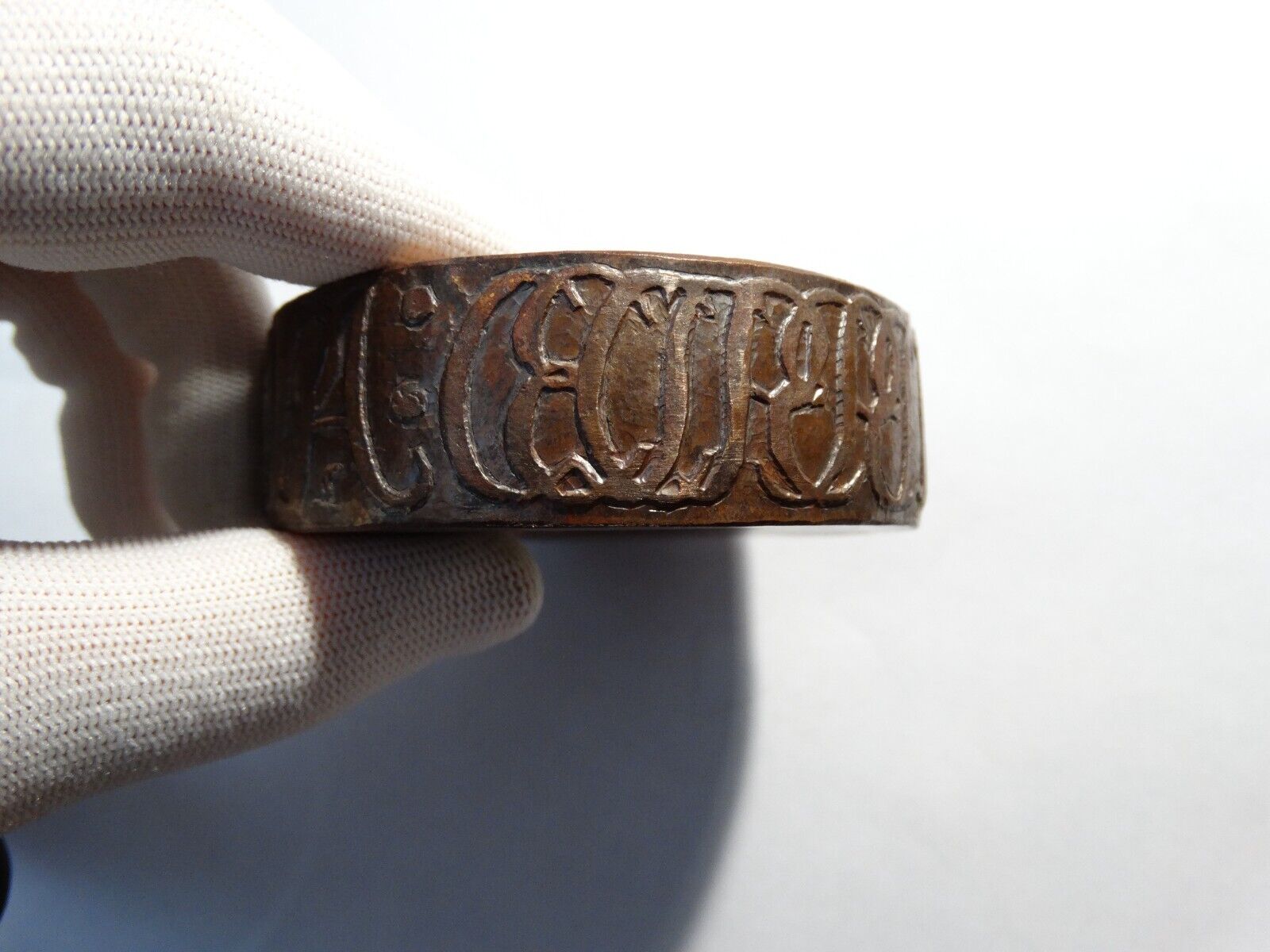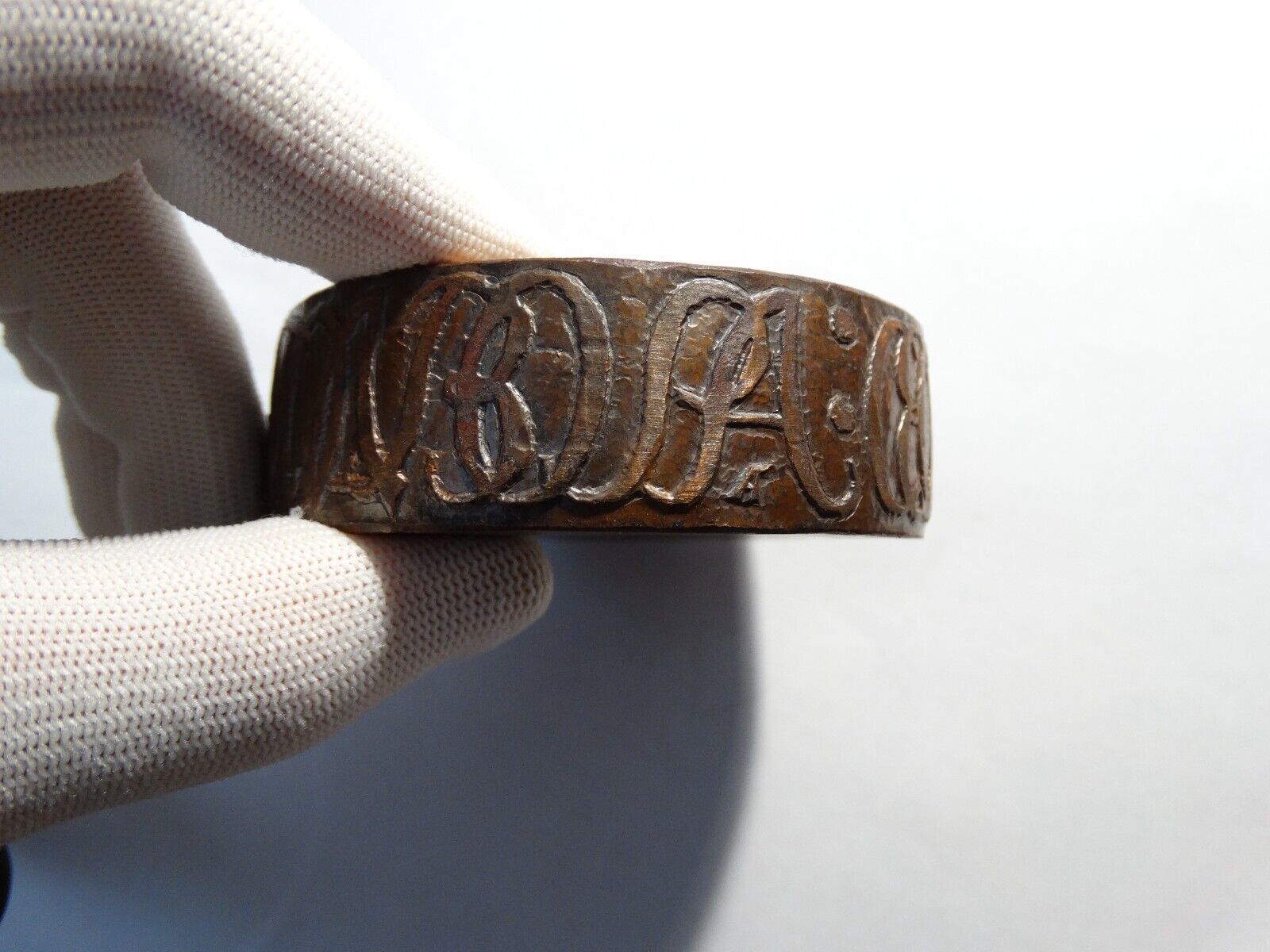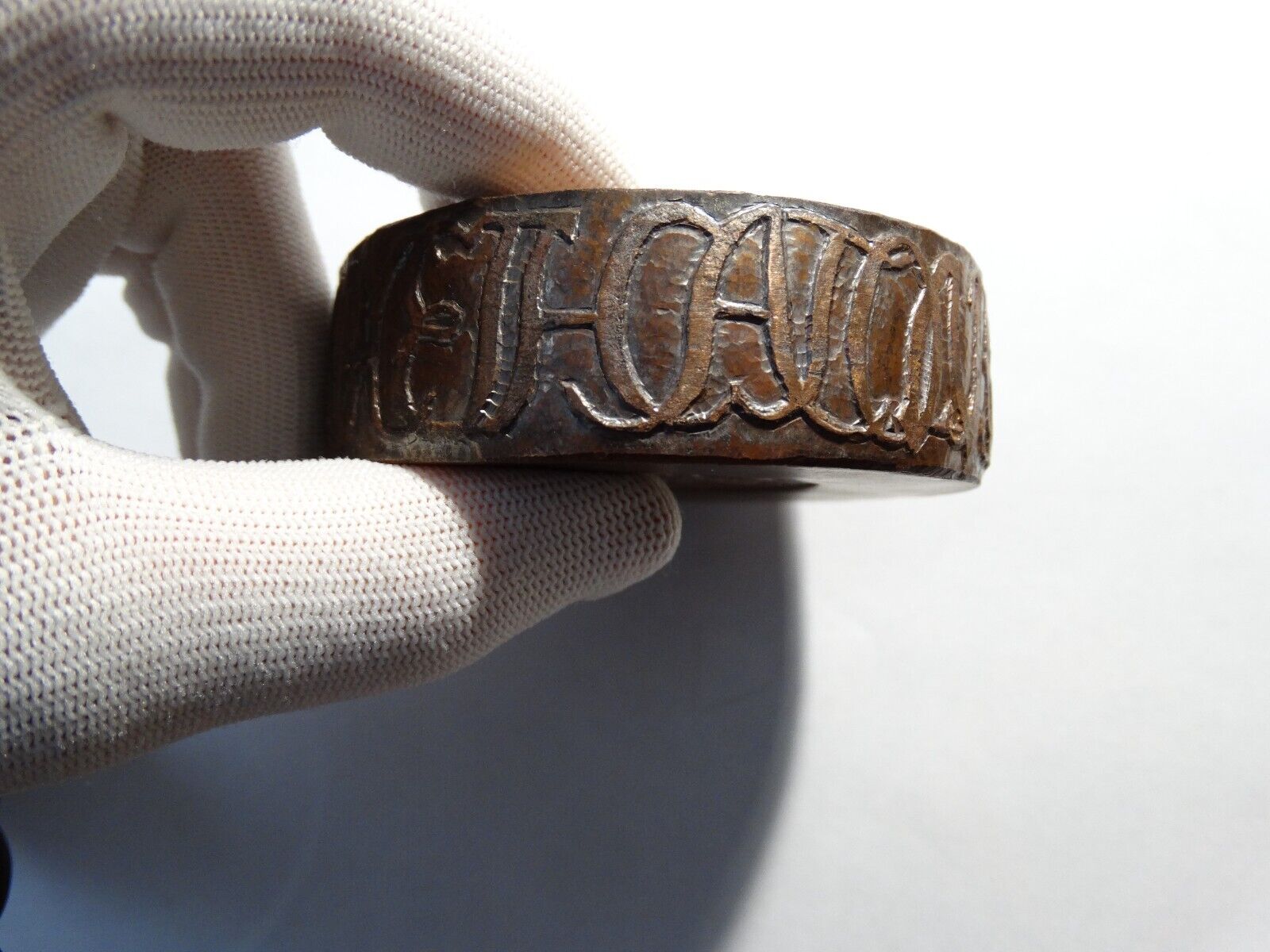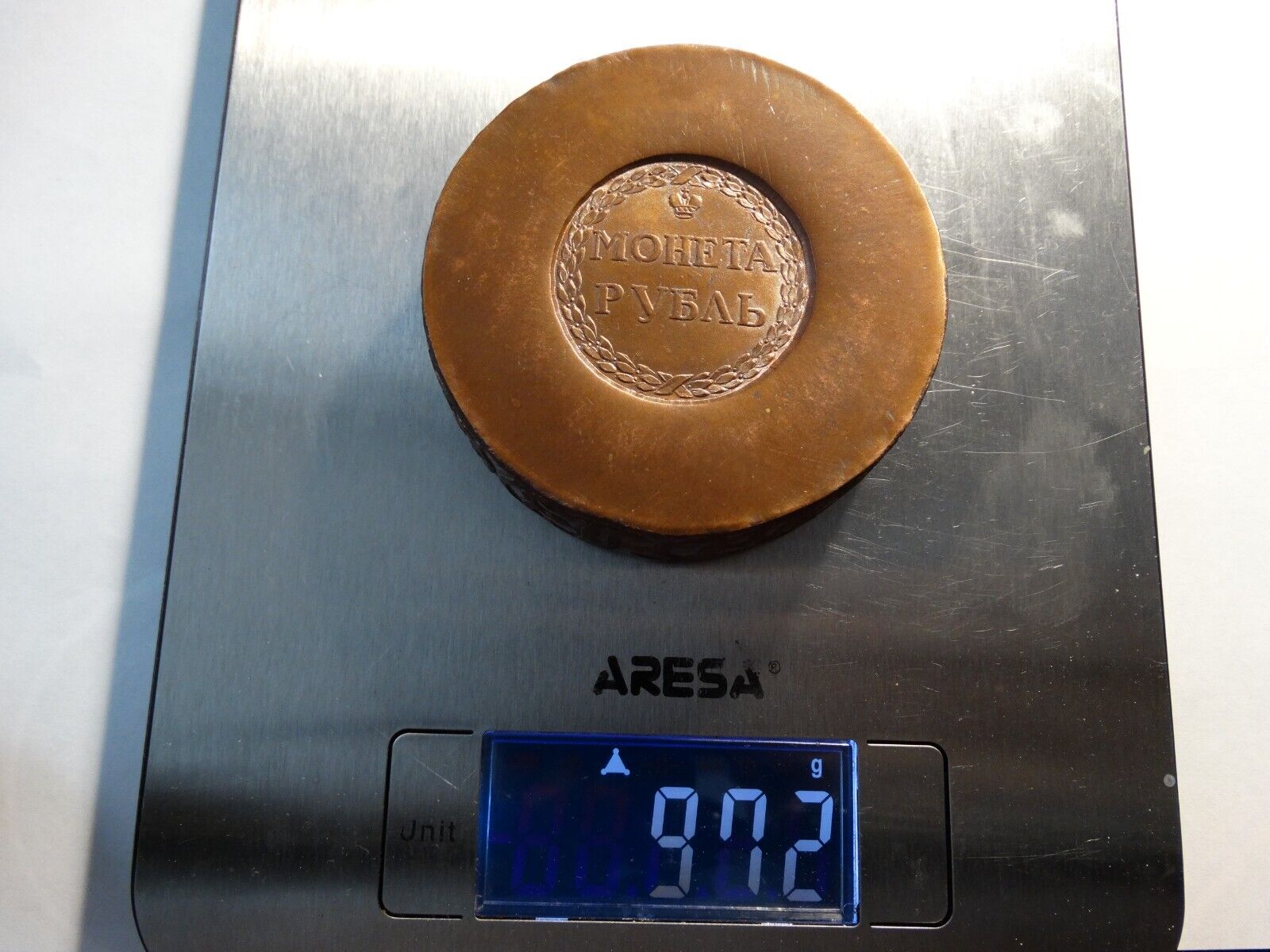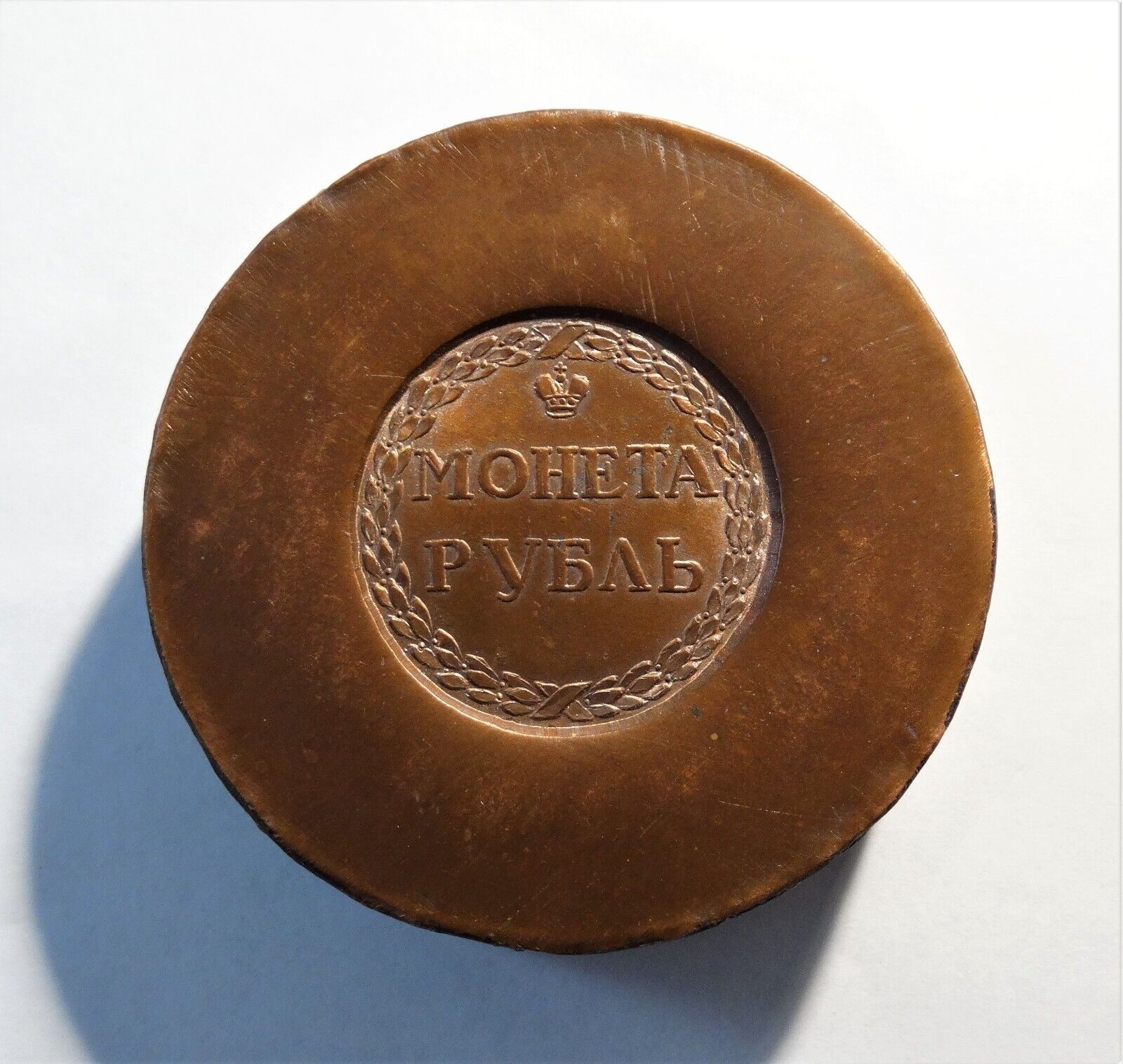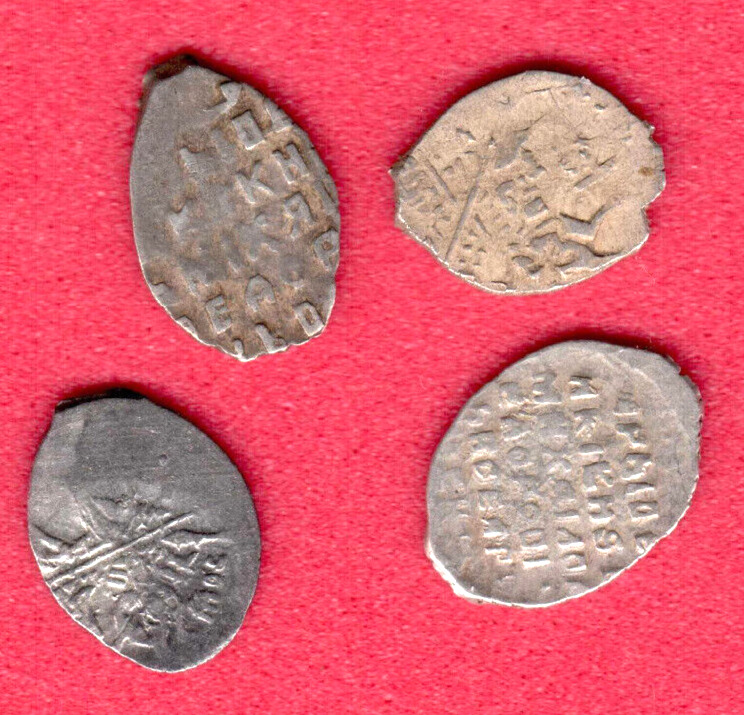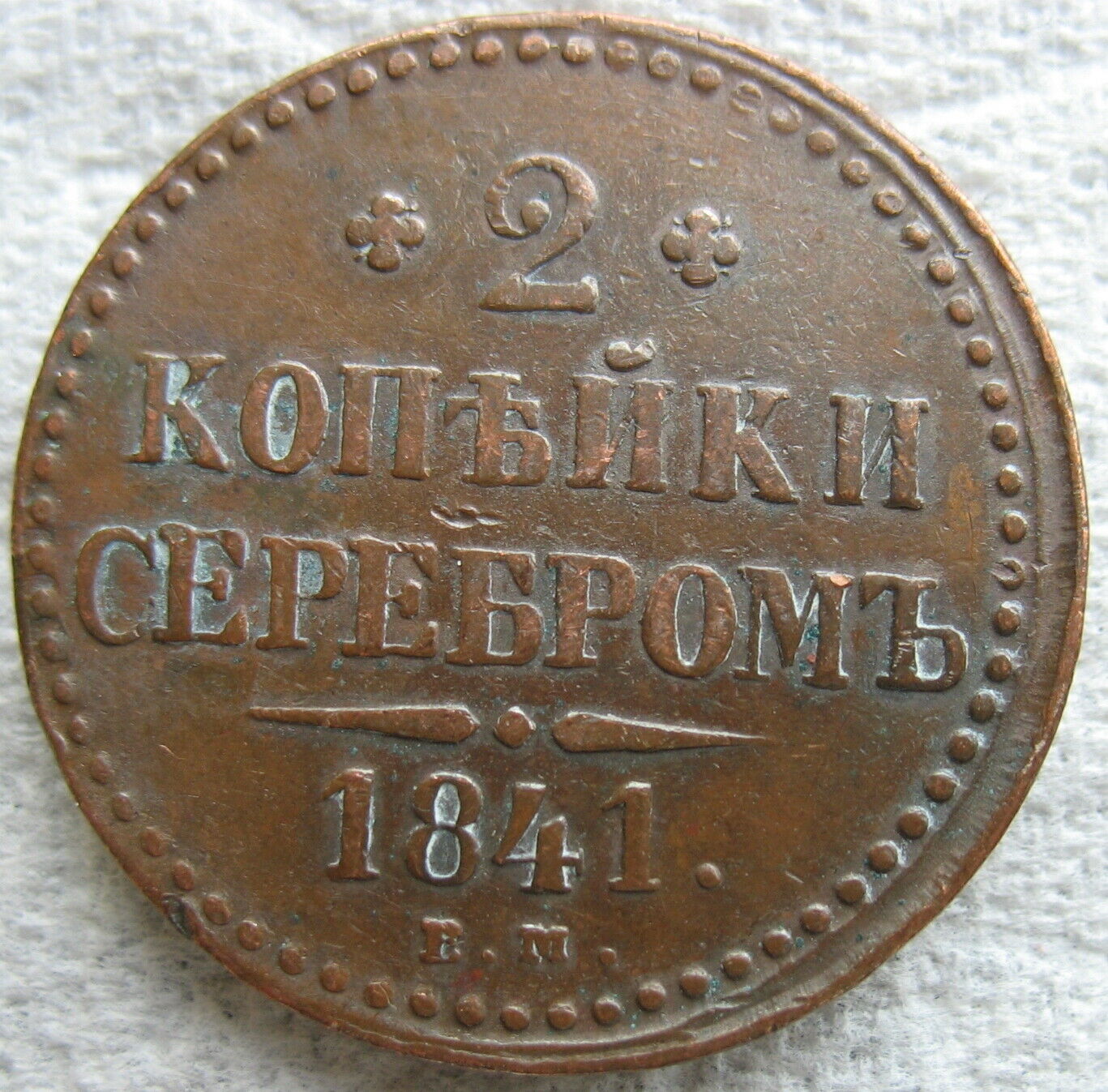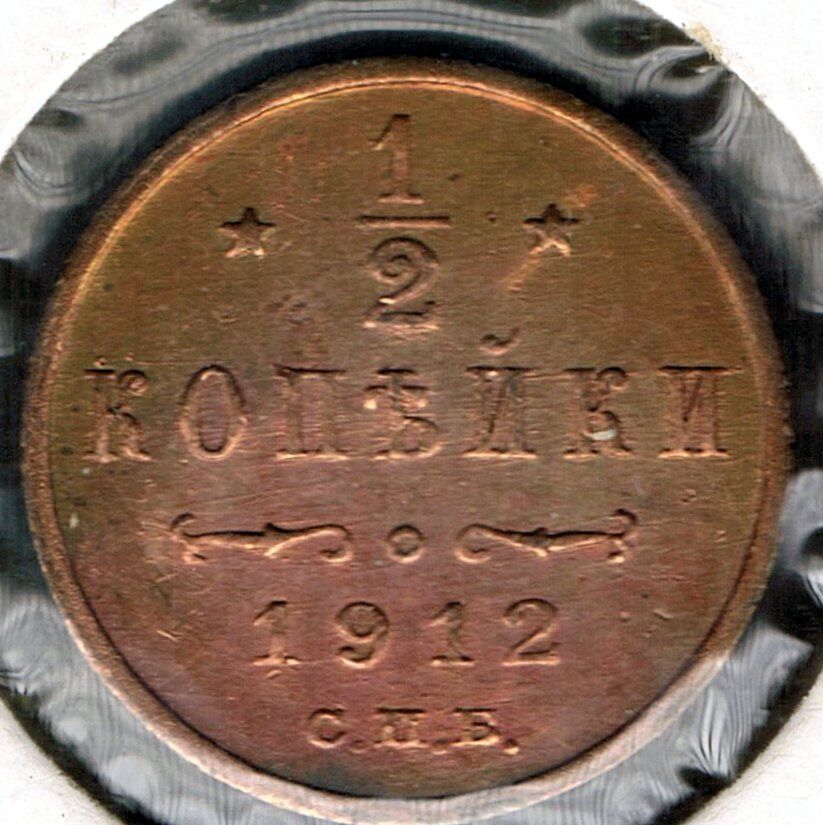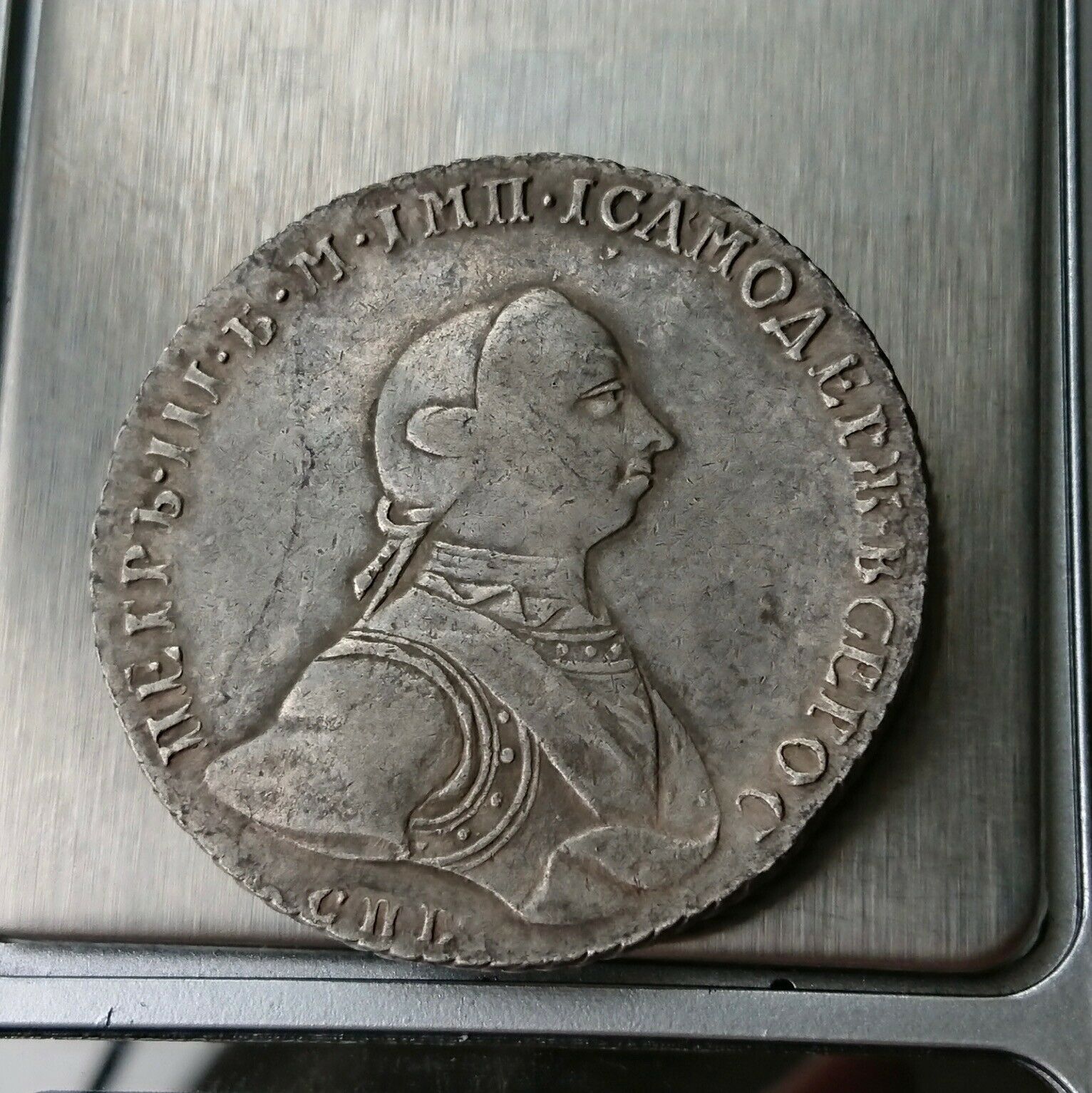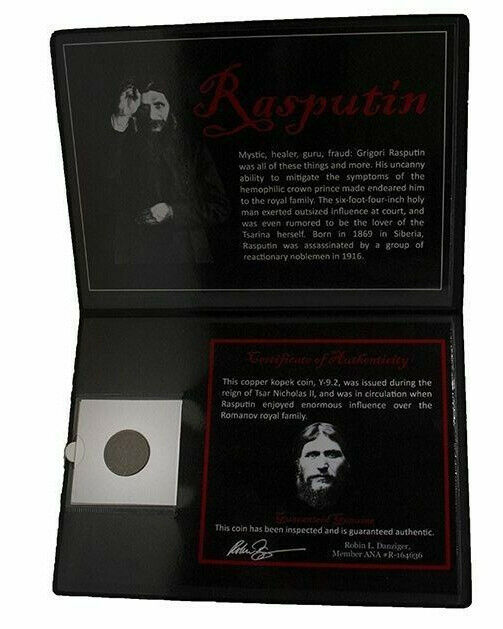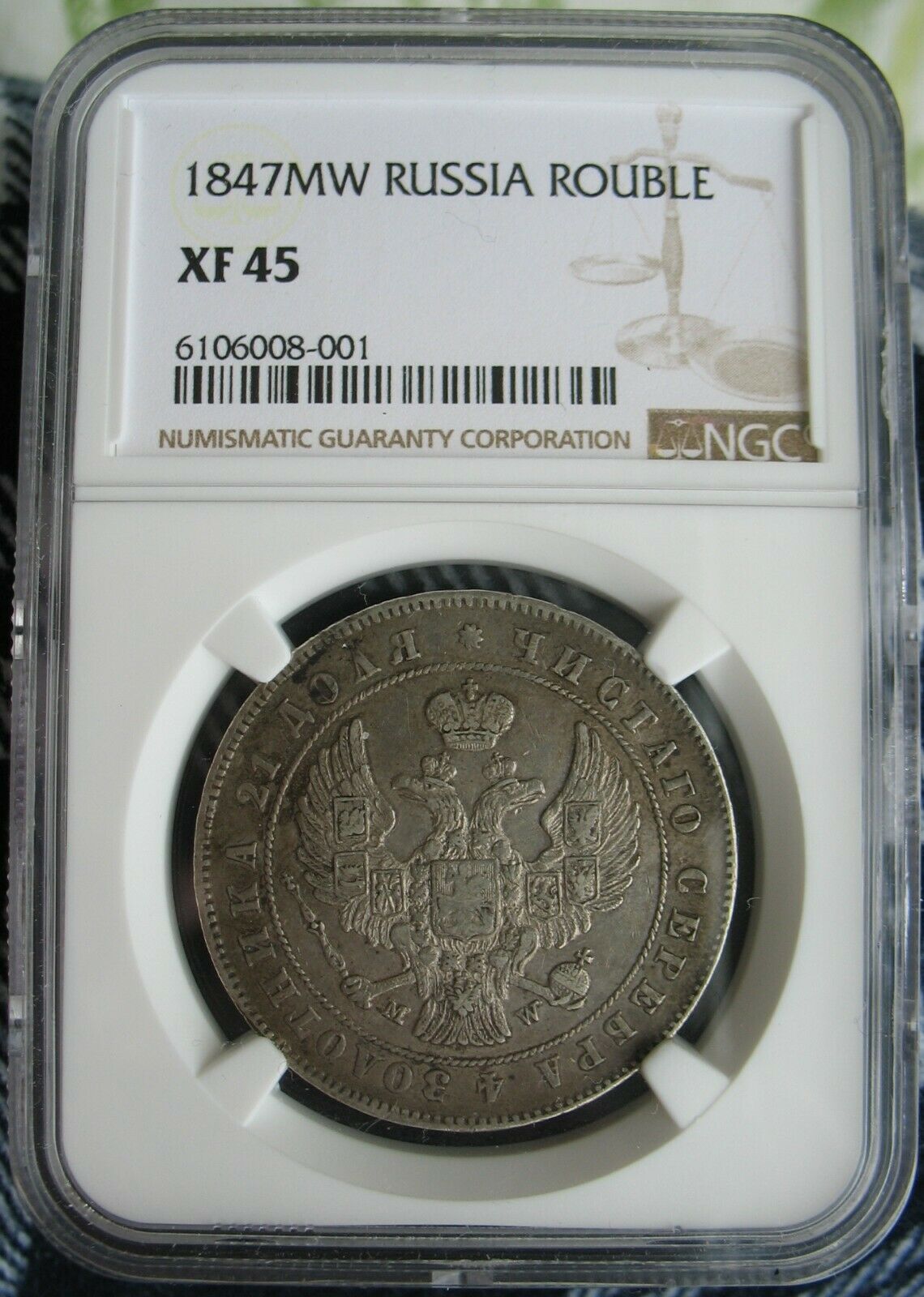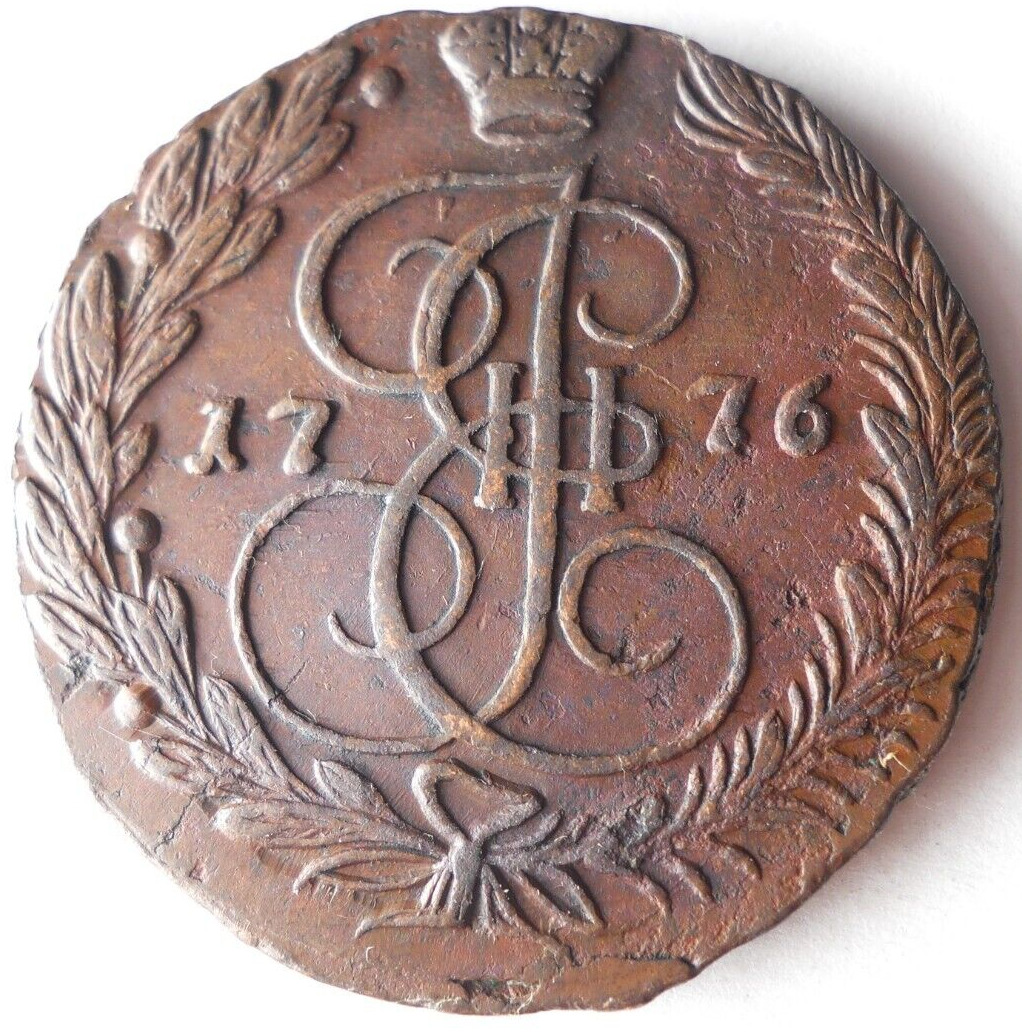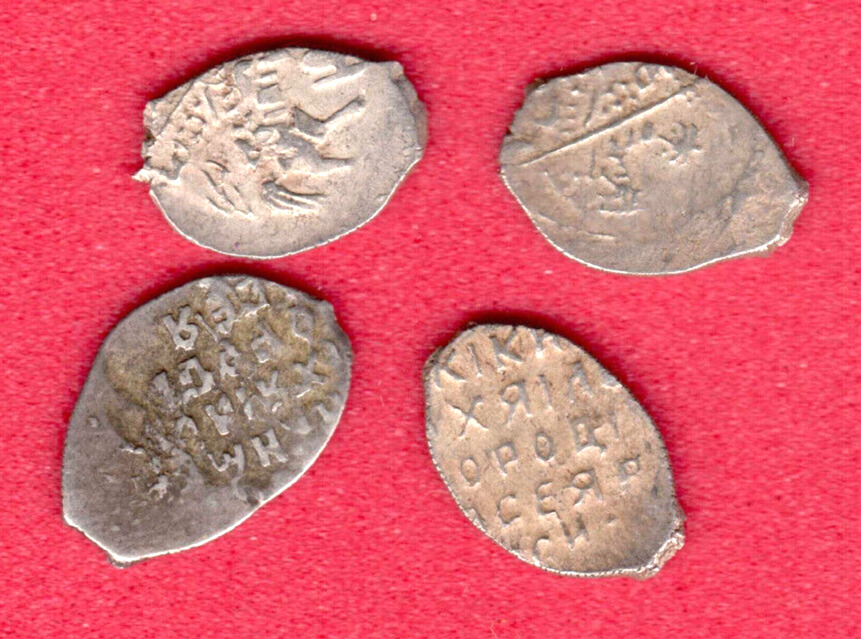-40%
1 Rouble Sestroretsk 1771 1.0 kg coin Giant Ekaterina II Restrike 1762 1796 1771
$ 184.79
- Description
- Size Guide
Description
1762 1796Catherine II
:
Restrike coin, original coin may have price more 000.
1 Rouble Sestroretsk 1771 GIANT coin weight 1.0 kg -
35.76 oz
DESCRIPTION
Clear relief. Detailed embossing of the relief on both sides, as well as edge inscription. Very rare. The large military expenses of the Russian Empire prompted Empress Catherine II (1762-1796) to put into circulation paper "assignation rubles". In 1769, she signed a decree on the issue of bank notes and published a manifesto on the establishment of branches of the Assignation Bank in St. Petersburg and Moscow. By the highest command, the Bank received the exclusive right to issue paper money. Banknotes, according to the manifesto, were in circulation on a par with a full-fledged coin and were subject to exchange for it on demand in any quantity. However, silver, not to mention gold, was sorely lacking in the country. And then, specifically to ensure the newly introduced banknotes, in 1771 the production of a very large copper coin worth one ruble was conceived. The current copper stop meant the issue of coins in the amount of 16 rubles from one pood of copper. This means that the "copper ruble" was supposed to weigh about a kilogram with obviously impressive dimensions. It was supposed to be minted at the Sestroretsk plant, which is why the coin went down in history under the name - "Sestroretsk ruble". Founded by Sovereign Peter I (1682-1725), the Sestroretsk arms factory received an additional load in the middle of the 18th century. During the reign of Empress Elizabeth Petrovna (1741-1761), the Mint was organized on it, where from October 1756 they began to mint copper coins. Soon, cannons, which fell into disrepair during the Russian-Turkish war (1768-1774), began to serve as raw materials for coins. This was very useful for the mass production of the new ruble. By decree of March 11, 1771, the favorite of the Empress, Count Grigory Orlov (1734-1783), who was in charge of the plant, was instructed to make two test copies of the copper ruble according to the given drawings. And on December 20 of the same year, the President of the Coin Department, Count Appolos Musin-Pushkin (1725-1771) presented four trial copies dated "1771". By the way, it was Musin-Pushkin who suggested that Catherine II make copper rubles using a machine he invented. Unusually large coins weighed 926-930 grams, were 72.5 millimeters in diameter, and 26 millimeters thick. Two copies of the presented were with cracks that occurred when the stamp was struck. None of the four were approved. The following year, another batch of trial rubles came out with the new date "1771". Their quality was noticeably better, but the cost was much higher, which nullified the whole idea. Several years passed in search of a solution to the problem. Moreover, all the later issued samples of the "Sestroretsk ruble" had the same date: "1771". Since 1774, the adjustment of the production of the copper ruble was entrusted to the new favorite of Catherine II, Count Platon Zubov (1767-1822). Mikhail Fedorovich Soymonov (1730-1804), who replaced the deceased Musin-Pushkin as head of the Mint Department, was connected to the process. In 1776, a new version of the Sestroretsk ruble was presented. The talented Russian naturalist and statesman Mikhail Soimonov could only offer to reduce the thickness of the disk to 15 millimeters, increasing its diameter to 101 millimeters. However, the desired result was not achieved again. But we were left, as a memory, the only copy of this version of the Sestroretsk ruble. Now among numismatists it is called - "Soymonovsky". Finally, in 1778, having recognized the futility of attempts to establish mass production of a copper ruble coin, by order of the Senate, all work on its release was stopped. The mint of the Sestroretsk plant will be converted into one of its buildings. Due to the great popularity among numismatists and lovers of rarities, the "Sestroretsky ruble" was minted with remake stamps with the date "1771" at the St. Petersburg Mint on separate private orders from the beginning to the middle of the 19th century. There are also specific cases. For example, in 1845, four coins were made for the merchant Eremeev, and in 1846, a certain state councilor, Lavrov, ordered one coin. The curator of the numismatic collection of the Hermitage in the 40s-80s of the 20th century, the outstanding scientist I. G. Spassky (1904-1990), once counted 30 replicas known at that time. In the 1977 catalog of the famous collector of copper coins of the Russian Empire, Bernhard Brekke (1914-2011), 36 coins were indicated. According to the latest data, there are a few more of them, but no more than 40 pieces (including museum specimens). The coin is highly valued in the numismatic market, always taking pride of place in collections of the highest level.
An excellent collector's item.
Great collector's item.
Add me to your favorite sellers
FREE shipping
Standard International Shipping - registered shipping
with tracking
number.
Payment:
Payment is required within 3 days.
The items will be sent within 1-3 business days after the payment is received. Please email me BEFORE bidding if you have questions.
Items must be returned in original condition with tags if applicable within 30 days of purchase.
Thank You for bidding.
